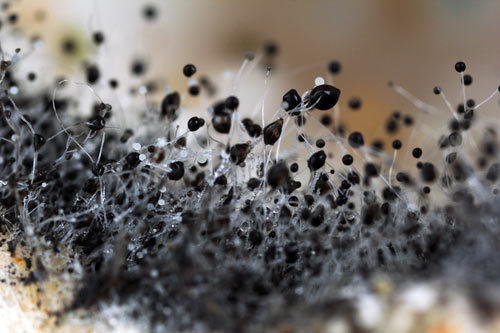What is Mold?
According to the US EPA, Molds are a natural part of the environment and can be found almost anywhere that moisture and oxygen are present. They belong to the kingdom Fungi and live in moist places such as soil, plants and dead or decaying matter. Outdoors, molds play a part in nature by breaking down dead organic matter such as fallen leaves, dead trees and other debris; however, indoors mold growth should be avoided. There are many types of mold - all of them need water or moisture to grow. When excessive moisture accumulates in buildings or on building materials, mold growth often occurs, particularly if the moisture problem remains undiscovered or unaddressed.
How do Molds spread?
 Molds spread by producing tiny reproductive cells called spores that waft through the air. Mold spores usually cannot be seen without magnification (ranging in size from 2µm -10µm) and are naturally present in both indoor and outdoor air. Some molds have spores that are easily disturbed and settle repeatedly with each disturbance. Other molds have sticky spores that will cling to surfaces and are dislodged by brushing against them or by other direct contact.
Molds spread by producing tiny reproductive cells called spores that waft through the air. Mold spores usually cannot be seen without magnification (ranging in size from 2µm -10µm) and are naturally present in both indoor and outdoor air. Some molds have spores that are easily disturbed and settle repeatedly with each disturbance. Other molds have sticky spores that will cling to surfaces and are dislodged by brushing against them or by other direct contact.
Spores may remain able to grow for years after they are produced. In addition, whether or not the spores are alive, the allergens in and on them may remain allergenic for years.